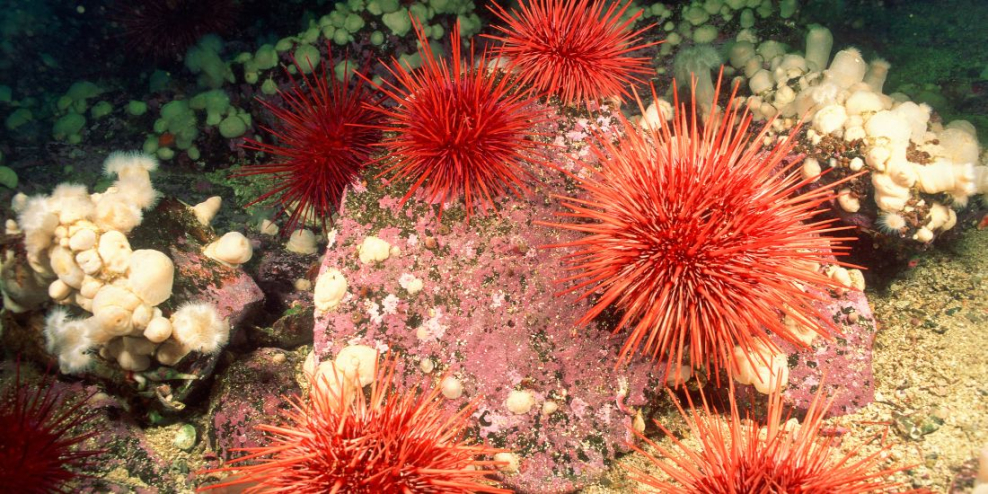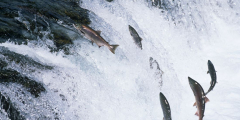Sea urchins are by nature a little bit… strange.
But researchers say sea urchins are acting strange, and for an entirely new reason.
Usually, they hang out in deep waters, feasting on kelp and unwittingly becoming food themselves — for animals like otters, sea stars, and the occasional human.
But recently, as scientists report, they’re becoming a little too easy to catch.
They’re moving up from the ocean’s depths into more accessible shallow waters.
A research team from Ocean Networks Canada, the University of Victoria, and Newfoundland’s Memorial University found that the urchins’ movement “is linked to climate change impacts.”
To be more specific, high temperatures are causing oxygen levels to decline in deep waters.
This means urchins’ primary food source, kelp, isn’t doing too well in its regular habitat.
“Kelps have been slow to recover from recent heat waves along the B.C. coast,” researcher Rylan Command told West Coast Now.
Information collected by trolling and sensors show that in recent years “pink urchins moved up to 49 vertical metres into shallower water at a rate of 3.5 metres per year.”
It might not seem like a lot, but you try swimming three metres up as a mostly immobile spike ball.
But seriously, Command said the changes could have other environmental and economic impacts.
The increase of pink urchins in shallow waters “could affect the abundance and distribution of shallow water red sea urchins and green sea urchins, both of which are fisheries species.”
At the moment, that remains to be seen.
But when something strange is going on, it’s usually worth paying attention to.










